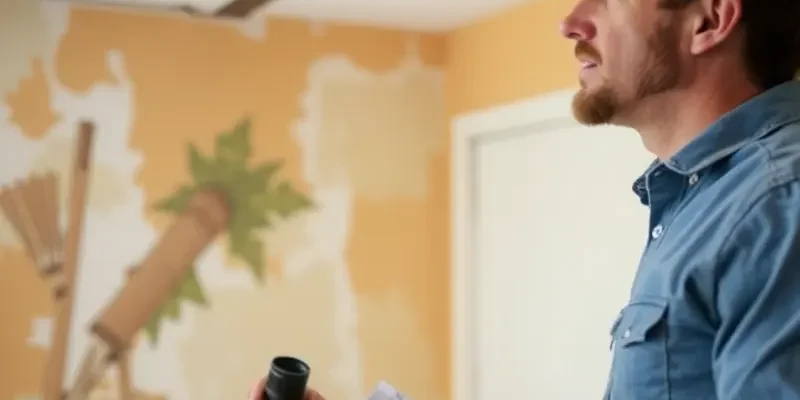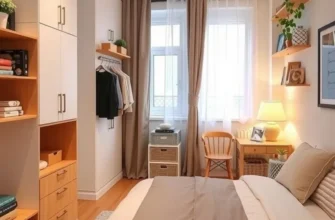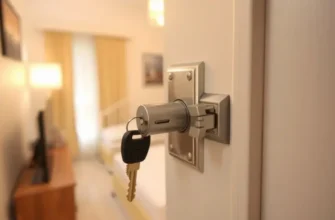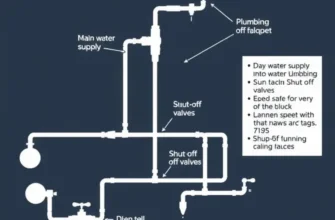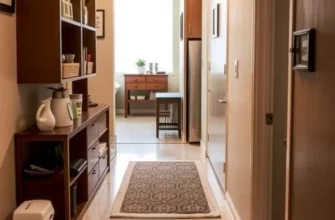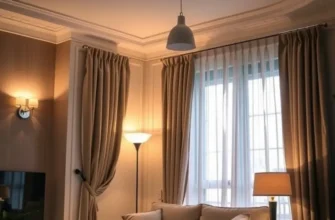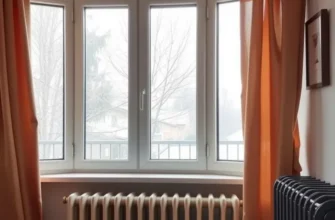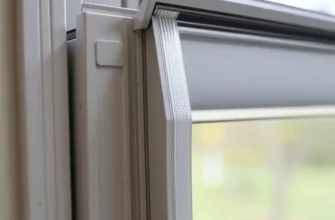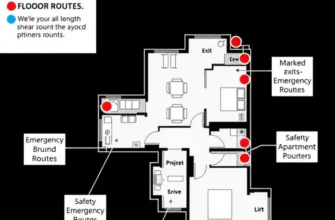Renting an apartment should be a smooth experience, but not all rentals guarantee safety or comfort. Whether it’s a leaking ceiling, faulty electrical wiring, or pest infestations, unsafe living conditions can pose serious problems. Not only do these issues affect your quality of life, they may also put your health at risk. Fortunately, there are clear and practical steps renters can take to identify and report these conditions, ensuring that you live in a safe environment. By understanding your rights as a tenant, communicating effectively with your landlord, and knowing the resources available to you, you can prioritize your safety without experiencing unnecessary stress. Being proactive about reporting unsafe conditions not only protects you but also contributes to improving the overall quality of rental housing in your community. Let’s explore how to navigate this process seamlessly.
Identifying Unsafe Conditions in Your Apartment
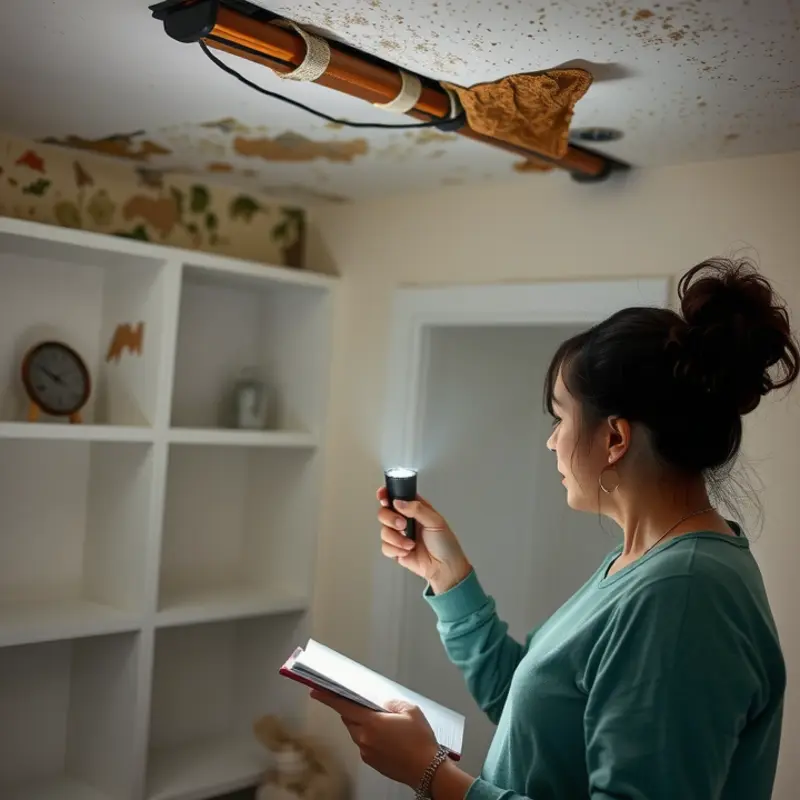
Knowing what constitutes unsafe conditions in your apartment is the first step in ensuring safety. Common issues like mold, structural damage, and pests can jeopardize both your health and your property.
Mold is more than just an unsightly nuisance; it can be a health hazard, especially for those with allergies or respiratory issues. Mold typically thrives in wet or humid environments, such as bathrooms or around leaks. Regularly inspect these areas and if mold is detected, act quickly to clean or report it to prevent further growth.
Structural damage can manifest as cracks in walls or ceilings, which might indicate deeper issues. For example, shifting structural elements could compromise the building’s integrity. If you observe cracks that appear to worsen or doors and windows that do not shut properly, it’s critical to report these conditions.
Pests such as rodents or insects aren’t just a discomfort; they can carry diseases and cause damages that lead to more severe issues. Droppings, gnawed wires, or unusual noises in walls are signs of pests. Creating a prompt record and notifying your landlord can help tackle the infestation before it exacerbates.
Another critical aspect is faulty utilities. Electrical issues, like flickering lights or sparking outlets, are not mere inconveniences—they pose fire risks. Similarly, a lack of heating during cold months is not just uncomfortable but can be dangerous or even life-threatening, particularly for vulnerable populations.
To manage these potential hazards effectively:
- Document Everything: Take photos or videos as evidence. Notes on when and where the issue was first observed will support your case.
- Regular Inspections: Conduct regular walkthroughs of your apartment. This routine can help catch problems early.
- Checklist Creation: Develop a checklist to remind you to inspect common hazard areas. This ensures a consistent approach to identifying issues.
If issues persist after reporting, it’s your right to escalate concerns. Don’t hesitate to involve local authorities if you feel that the landlord is neglecting required repairs.
For further guidance, check out apartment safety inspections to help you identify what professional safety checks can provide.
Addressing these conditions promptly can prevent minor issues from becoming significant health and safety risks. Staying vigilant is a proactive step every renter can take to ensure their living space remains a safe haven.
Reporting and Addressing Issues Effectively

After identifying unsafe conditions in your apartment, reporting them effectively is crucial. Start by drafting a concise, professional message to your landlord. Include all necessary details such as specific issues, their locations, and how urgently they need addressing.
Crafting the Message
Your message should be structured clearly. Begin with a polite greeting, and then move directly into the details of the issue. For example:
“Dear [Landlord’s Name],
I hope this message finds you well. I have noticed some conditions in the apartment that need immediate attention. Specifically, there is a significant leak under the kitchen sink that has led to water pooling on the floor. This is located in unit 3B. Can this be addressed at your earliest convenience? Please find attached photos for your reference.”
Providing photographic evidence is essential. Attach clear images showing the issues you’re reporting. A photo of the leak, mold, or any structural damage corroborates your request and helps the landlord assess the extent of the problem.
Understanding Tenant Laws
If your landlord does not respond promptly, familiarize yourself with your state’s tenant laws. These laws exist to protect your right as a tenant to safe and habitable living conditions. Many states have specific timelines for landlord responses and repairs.
Should issues persist, consider exploring the help available from local housing authorities or legal aid organizations. These bodies can provide guidance and ensure your rights are upheld. Knowing where to seek assistance can make a significant difference in resolving these matters efficiently.
Escalating the Issue
If the initial attempt to resolve the situation fails, document every communication with your landlord. This includes emails, text messages, and any notes from phone calls. In serious cases, reaching out to tenant unions or housing advocacy groups for support might be necessary.
For more tips on maintaining safety in your living space, consider reading about apartment safety inspections. This resource can provide deeper insights into preventive measures you can take.
Remember, as a tenant, you have the right to live in safe conditions, and taking these steps can contribute to a more positive renting experience.
Final words
Reporting unsafe apartment conditions is vital for your safety and overall well-being. By identifying potential hazards and taking proactive steps to communicate with your landlord, you not only protect yourself but also contribute to the improvement of living conditions for future tenants. Remember that your rights as a renter are paramount, and you are entitled to a safe living environment. Don’t hesitate to take action; safety should always be your top priority. Reach out for help if you feel your concerns are being ignored. You deserve peace of mind in your home.

